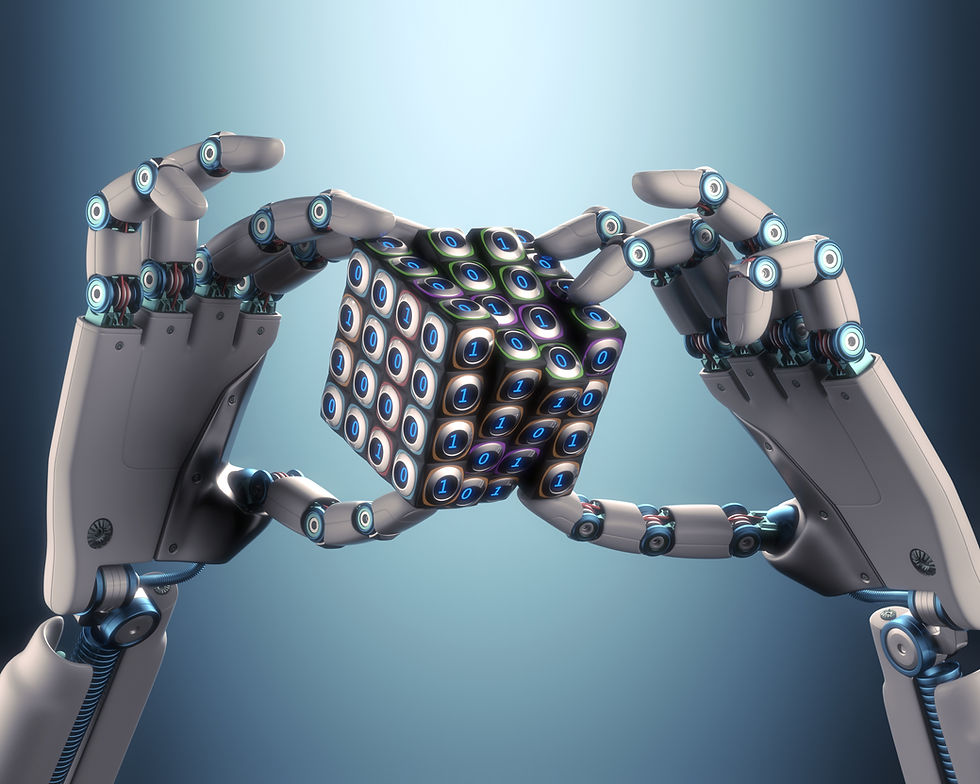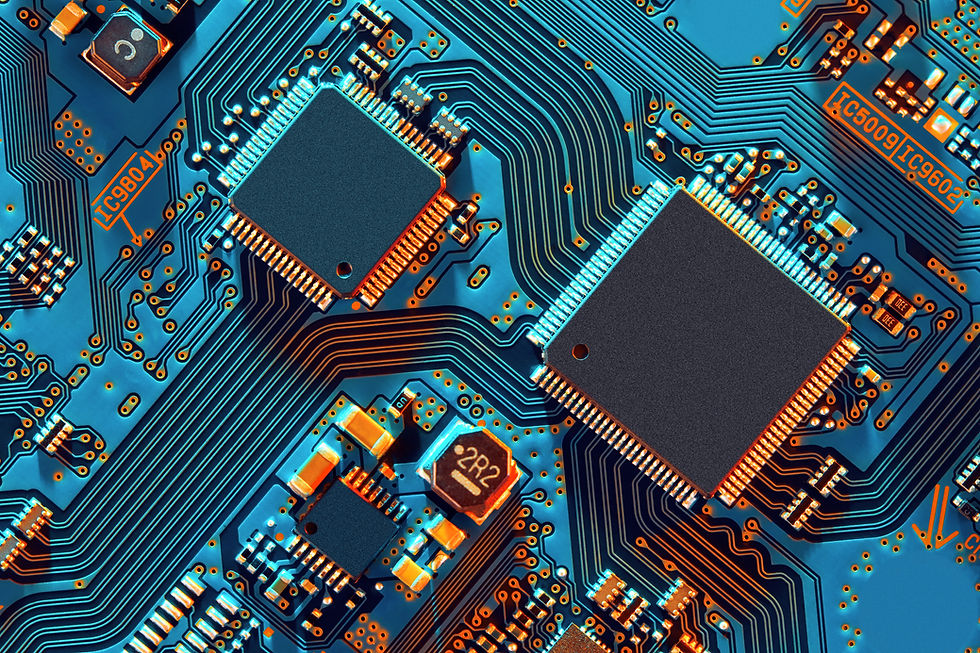The Rise of Natural Language Processing in AI Machine Learning
- syedzaidulislam
- Apr 19, 2024
- 2 min read
In the digital era, where data is the new oil, Natural Language Processing (NLP) stands as a pivotal innovation, transforming the way machines understand human language. NLP, a subset of artificial intelligence, bridges the gap between human communication and computer understanding, enabling a myriad of applications that were once considered futuristic.
Bridging the Language Gap
NLP essentially teaches computers to understand and process human language. It's like giving a machine the ability to read, listen, analyze, and even generate human speech and text. This opens a door to a world of possibilities, from enabling seamless communication between humans and machines to extracting valuable insights from massive amounts of textual data.
How Does NLP Work?
NLP relies on a combination of techniques, including:

Machine Learning: Algorithms are trained on vast amounts of text data to recognize patterns and relationships between words.
Statistical Techniques: These methods help analyze the probability of words appearing together and understand the overall context of a sentence.
Linguistics: NLP incorporates knowledge of grammar, syntax, and semantics to ensure accurate interpretation of language.
The Power of NLP in Action
NLP is already transforming various aspects of our lives. Here are a few examples:

Smart Assistants: From Siri to Alexa, NLP powers virtual assistants that understand our voice commands and respond accordingly.
Machine Translation: Breaking down language barriers, NLP allows for real-time translation between languages, making communication and information sharing smoother.
Sentiment Analysis: Businesses use NLP to analyze customer reviews, social media posts, and other forms of text data to understand customer sentiment and brand perception.
Chatbots: NLP enables chatbots to engage in conversations with users, answering questions and providing support around the clock.
The Future of NLP
The potential of NLP is vast and ever-evolving. As technology continues to advance, we can expect to see even more sophisticated applications, such as:

Personalized Education: NLP-powered tutors can tailor learning experiences to individual student needs.
Automated Content Creation: Machines could generate realistic and engaging news articles, product descriptions, or even scripts.
Advanced Human-Computer Interaction: Imagine interacting with your devices using natural language, seamlessly controlling your smart home or getting personalized health advice.
The Takeaway
NLP is revolutionizing the way we interact with machines and unlock the power of language. As this technology continues to develop, it holds the potential to reshape communication, enhance our understanding of information, and create a more intuitive and interactive world.





Comments